![]()
Every Sunday, we bring together a collection of easy reading articles from analytical to how-to to photo-features in no particular order that did not make our regular daily coverage. Enjoy!
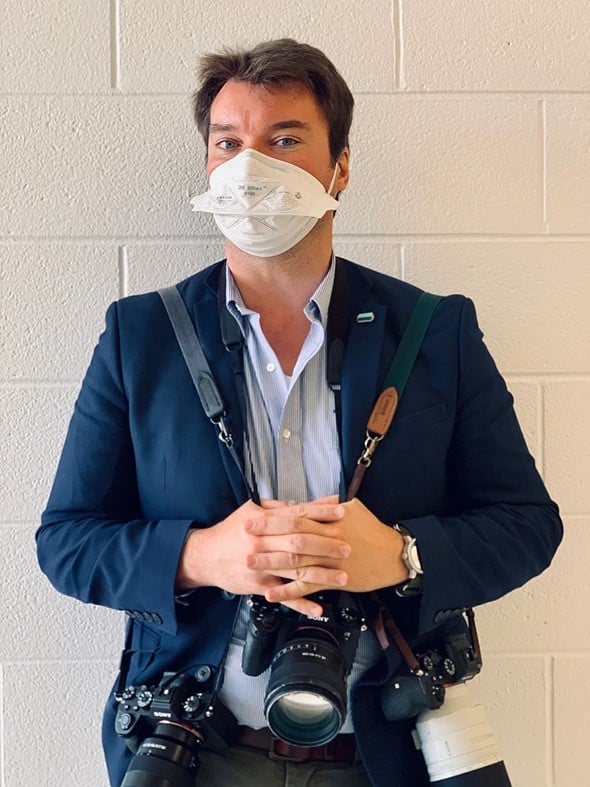





Interview: Joe Biden’s Official Photographer Adam Schultz – “Every Day I Get to do This is a Special Day” – DPReview
Adam Schultz is the official photographer for Joe Biden’s presidential campaign. In 2016 he worked on the Hillary campaign with Barbara Kinney, one of the White House photographers in the 90s, and before that worked at the Clinton Foundation for eight or nine years.
When he goes into a space, he’ll move around and get the typical shots, then get shots showing what the event looks like “from VP Biden’s perspective.” And that’s where a lens like the 100-400mm is great for getting those really tight shots. “One thing that I’m doing in this role is documenting what the candidate sees.”
In a smaller room, the trick is to take pictures of people standing on opposite sides of that room, with a 16-35mm. “But I’ll also back up on the 85mm, and for larger events, the really versatile 100-400mm is great. Being able to move around, both physically and in terms of the focal length is really important.” Schultz can’t wait to get out of this pandemic so that he does not have to hear mask wearers say ‘I’m smiling with my eyes’ when he records that once in a lifetime image.
Notable: His essential kit includes three Sony a9 II bodies, Sony FE 16-35mm f/2.8 GM, FE 85mm f/1.4 GM, FE 100-400mm f/4.5-5.6 GM OSS, and FE 24-105mm f/4 G OSS (for backup).
“Being able to combine photography and politics, well that’s a neat job!” – Adam Schultz
Read our interview with former VP Joe Biden photographer, David Lienemann, during his eight years in the White House.
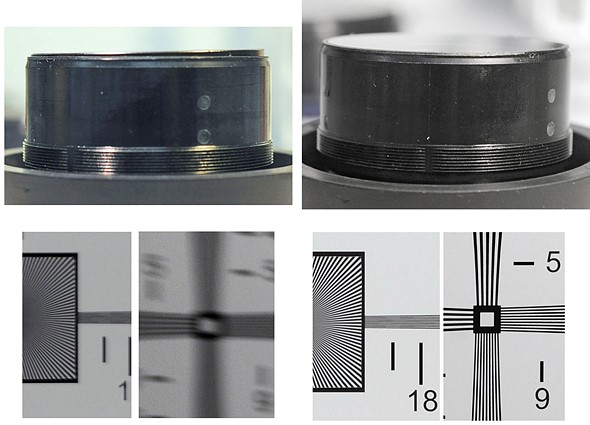


If You Drop, Your 9th Will Pop! – DPReview
The last time I heard that was when my orthopedist was bent over an x-ray of my vertebra after a slip and fall! Now the Lens Doctor is warning us that the same can happen to our lens elements? Has this anesthesiologist accidentally inhaled some of his own laughing gas? I guess not, as the proof is in the picture above. Most photographers have dropped a few lenses in their careers. The article delves into all the geeky stuff but then hits the nail on the head. If you drop your Nikon 70-200 f/2.8 VR II (and I have had many great versions all the way from Nikon 80-200mm f/4.5 N AI) “just right, the 9th element can actually pop out [ouch]of its molded plastic holder a tiny bit without causing any obvious external damage. It doesn’t happen very often, but when it does, it always pops out about 0.5mm, which, in optical terms, is a huge amount. This is the ‘one bad element’ scenario outlined in our mathematical experiment (photo above) earlier.” Q.E.D.
Even $2,000 lenses must have variation [in manufacture]. If you expect every copy of a lens to be perfect, then a dose of reality is in order – unreasonable expectations are a down payment on disappointment. – Dr. Roger Cicala
Rankin on the Dynamic Art of Beauty Photography – Wallpaper
With nearly every famous face of the past 30 years in his portfolio, storied British photographer Rankin is a connoisseur of what people want to see. In his latest collaboration with German Braun shavers, he turns the camera on himself. His latest project featuring original portraits Say it with a Shave, celebrates the expressive nature of personal shaving. Rankin’s father shaved with a Braun in his car while driving to work, and he has been familiar with the brand for a long time.
“[With fashion photography] you’ve got to love the clothes, and I’ve never loved the clothes” – Rankin
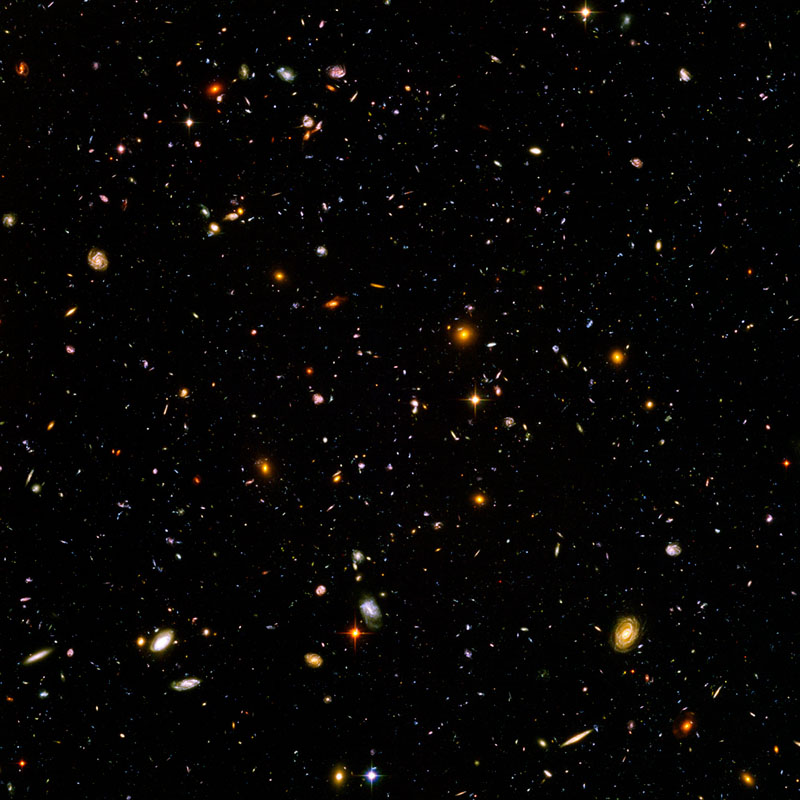


This Space Photo Took Over 11 Days to Expose – Fstoppers
Long exposures for most photographers are from a few seconds to get a dreamy waterfall, to a few minutes for a nightscape, to a few hours for astrophotography. This photo of nearly 10,000 galaxies is called the Hubble Ultra Deep Field and required 800 exposures taken over the course of 400 Hubble orbits around Earth. The total amount of exposure time was 11.3 days.
The snapshot includes galaxies of various ages, sizes, shapes, and colors. The smallest, reddest galaxies, about 100, may be among the most distant known, existing when the universe was just 800 million years old. The nearest galaxies – the larger, brighter, well-defined spirals and ellipticals – thrived about 1 billion years ago, when the cosmos was 13 billion years old. “Unlike any space telescope before it, Hubble made astronomy relevant, engaging and accessible for people of all ages,” writes NASA.
You can view a higher-resolution version of the image here.
Quiz:
(1.) How narrow is the angle of view of the Hubble Space Telescope compared to a Canon EF 1200mm f/5.6 L USM (The original price was MSRP $89,579 in the USA. And “no discounts” according to Mr. Chuck Westfall)?
Too tiny, tiny, tiny to describe! But since you are not going to let me alone unless I answer your question, here goes. If Hubble looked at the Earth — from its orbit of approximately 350 miles above the Earth’s surface — this would, in theory, correspond to a view of 12 inches or a human face. But Hubble would have to look down through the atmosphere, which would blur the images and make the actual resolution worse. Also, since Hubble orbits the Earth at 17,000 mph, any image it took would be blurred by the motion. Hubble’s so-called angular resolution — or sharpness — is measured as the smallest angle on the sky that it can resolve (i.e., see sharply). This is 1/10 of an arcsecond (one degree is 3,600 arcseconds). If you know of a better way to answer this, let us know in the comments below, as my head is already spinning (pun intended)!
(2.) How do you clean and protect the lens of the Hubble Space Telescope?
Hubble doesn’t have a lens. Like all large telescopes, Hubble uses a curved mirror (approx. 8 feet) to focus starlight. This mirror is located deep inside the telescope, protected by its long tube-like structure (think of it as a very long lens hood on a super-telephoto). As there is no atmosphere around Hubble, there is no risk of dust or corrosion reaching inside.
(3.) Why is Hubble able to see so much better than telescopes on Earth?
Because it is above the Earth’s atmosphere. The atmosphere disturbs the starlight (a bit like looking through water) and blurs the images. So, Hubble’s images are much sharper than those from other telescopes. Also, Hubble is able to see in ultraviolet wavelengths that are blocked by the Earth’s atmosphere.
Irish Photographer Made Dolphin Famous for 30 Years – The Irish Times
Photographer Ronan Quinlan’s images and story about Fungie, the dolphin, have been credited with starting the tourist trail to see the Dingle (Western Ireland) dolphin. Over one million people are estimated to have traveled to Kerry to see Fungie in the past three decades since Quinlan photographed him in 1987. His favorite photograph among those that helped bring world attention to the Dingle dolphin is one that shows Fungie making contact (photo above) with his fellow diver. However, Fungie has been missing this autumn after three decades, and the locals hope he’ll be back.
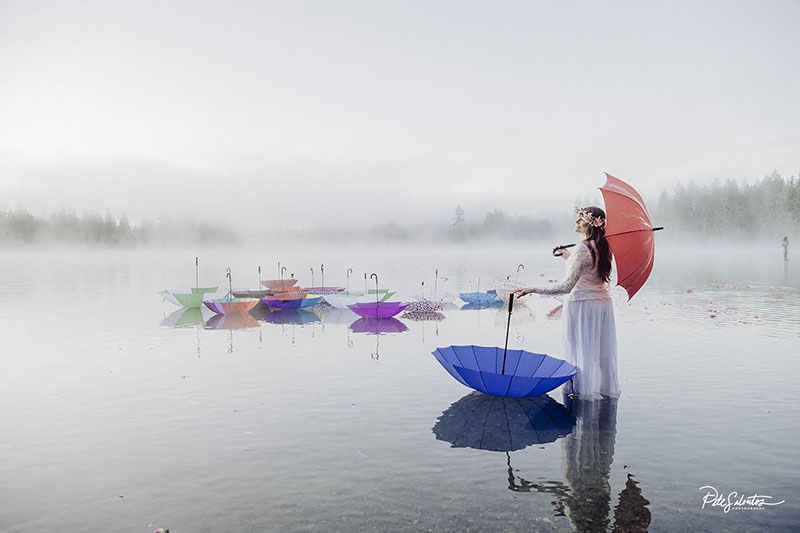


Photographer Creates Calendars Which Raise $12K+ Annually for Seattle Cancer Care Alliance – Seattle Refined
Bainbridge Island photographer, Pete Saloutos recently made his annual appearance at the Seattle Cancer Care Alliance (SCCA) to give the calendars he designs and produces to the staff that saved his wife’s life four years ago. Saloutos started raising cash with calendars more than 15 years ago when a friend’s ovarian cancer diagnosis landed her in a financial crisis.
After his wife’s cancer diagnosis and treatment at SCCA in 2017, Saloutos pledged all future calendar proceeds to her care team there. The 2021 calendar is available in Seattle at Glazer’s Camera, other local stores and directly from Saloutos. “This is my way of giving back to my community using my photographic talents,” Saloutos tells PetaPixel.
Let us know in the comments below or by email of any other photographers raising money for charitable causes with their artistry. We would like to share their stories.
Why Chrissy Teigen’s Pregnancy Loss Photos Are Important — And Common – Yahoo Life
Teigen, 34, announced in a series of emotional hospital room photos on Instagram that she and her husband John Legend, 41, lost their unborn son, three days after Teigen was hospitalized for bleeding issues. “I had asked my mom and John to take pictures, no matter how uncomfortable it was…These photos are only for the people who need them,” describes the model and TV personality in all the details in a Medium essay.
“There are some people who think it’s somewhat morbid,” says Dawn McCormick, a New York-based photographer who volunteers for Now I Lay Me Down to Sleep, an organization that offers free professional portraits to parents who are experiencing the loss of a baby. “I don’t think they realize that because they have pictures of their children throughout their life, these are the only pictures these people will ever have of that child.”



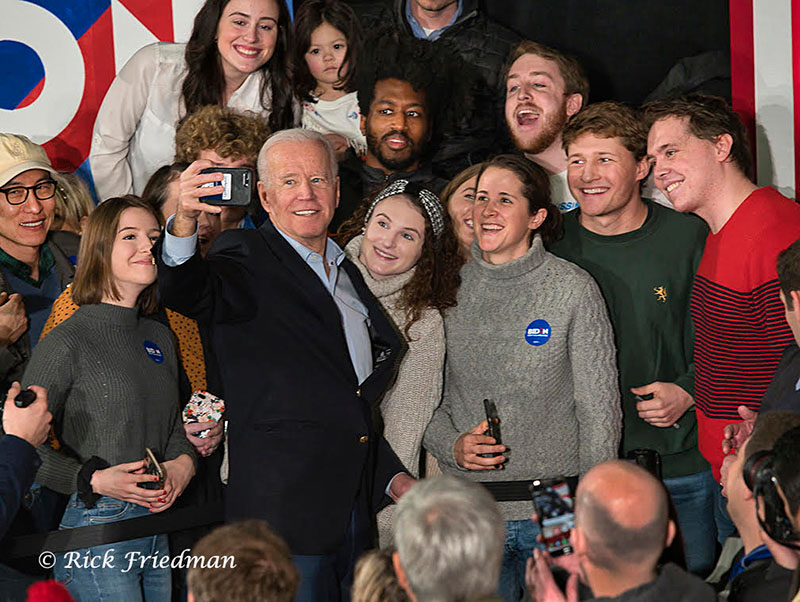


Photography in Politics and the 2020 Presidential Campaign – Rangefinder
They say a picture is worth a thousand words. Political pictures? It depends on who you ask, which is why we thought it important, during the Elections, to look at some political photography. PHOTOPLUS, which was founded in 1983 and is the largest photography and imaging event in North America, had scheduled a talk by two photographers who have been covering the 2020 presidential campaign, as well as the political scene and past presidents, for some time now, Rick Friedman and Eric Thayer. However, they were forced to go virtual. You can watch a replay of both these talks by registering for free at PHOTOPLUS.
“Everything is much more staged these days than in the past,” Rick Friedman tells PetaPixel. “Press aides will tell you where you can stand and where you cannot. Events are much more choreographed, even in the early stages of the primary season. The days of going into someone’s house with the candidate are over, except in the very early stages of the primaries, and even then, you might need to be credentialed. The most enjoyable part is very early in the campaign when it is less restrictive, and you get to capture how the candidates interact with average citizens.”
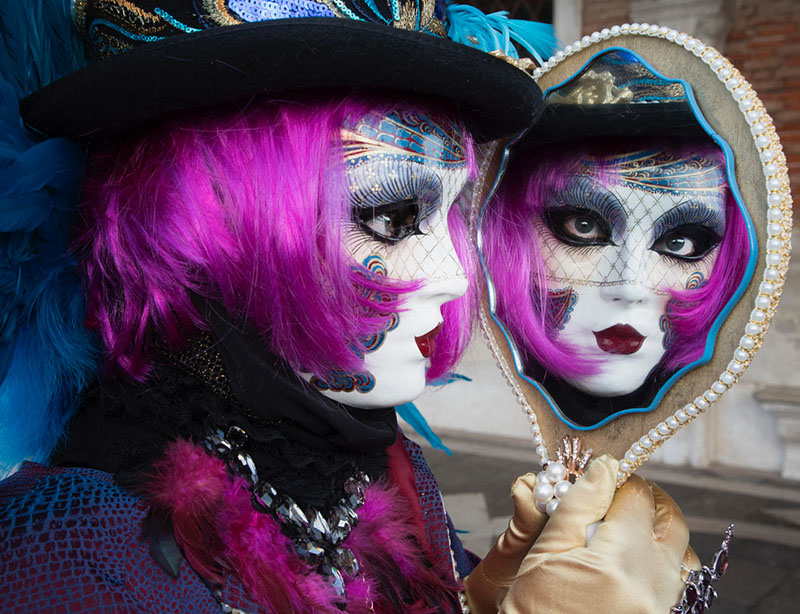


Why I Like This Photo – Rick Sammon
I made this photograph in Venice, Italy, during Carnevale 2018. It’s the result of what I call my “One-picture Promise.”
My promise: When you are in a situation, ask yourself, If I could take only one picture, what would that one picture be? Think about the one lens, one aperture/shutter speed/ISO, one background, one composition, and so on. Your answers will result in a higher percentage of “keepers,” more creative images and fewer outtakes. I promise.
When photographing this woman, I considered all those options. I also followed three of my tips:
1) When you think you are close, get closer
2) The closer you are to the subject, the more intimate the photograph becomes
3) See eye-to-eye and shoot eye-to-eye.
To make this image, I used my Canon EOS 5D Mark IV with 24-105mm IS lens set at 35mm. EXIF info: f/9, 1/50th of a second, ISO 640.
You could say this picture is the result of using the photographer’s most valuable accessory: the human brain. It’s also the result of a time-proven photo adage: Never underestimate the importance of an interesting subject.
Canon Explorer of Light Rick Sammon has photographed in more than 100 countries. He is the author of 41 books (that’s right when most of us lesser mortals have not even read 41 books on photography). His most recent releases: Photo Therapy Motivation and Wisdom – Discovering the Power of Pictures, and Photo Quest – Discovering Your Photographic and Artistic Voice are available at amazon.com.
Quote of the Week (or a Previous Week)
“Show me a photographer who has never dropped a lens, and I will show you a liar.” – Yours Truly
We welcome comments as well as suggestions. As we cannot possibly cover each and every source, if you see something interesting in your reading or local newspaper anywhere in the world, kindly forward the link to us here. ALL messages will be personally acknowledged.
About the author: Phil Mistry is a photographer and teacher based in Atlanta, GA. He started one of the first digital camera classes in New York City at The International Center of Photography in the 90s. He was the director and teacher for Sony/Popular Photography magazine’s Digital Days Workshops. You can reach him via email here.
Image credits: All photographs as credited and used with permission from the photographers or agencies.










